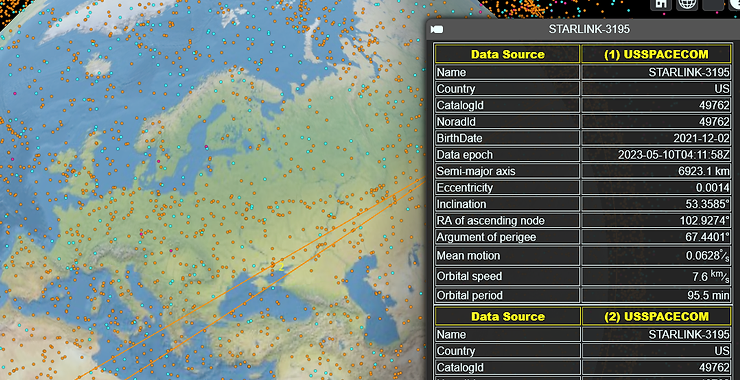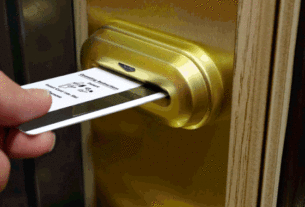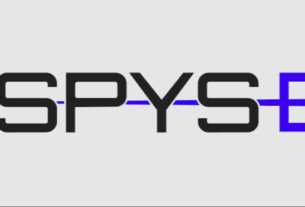Welcome back, my aspiring radio satellite hackers!
In this series of tutorials, we will be exploring hacking satellites from a multitude of approaches. Satellites have become a ubiquitous and necessary technology in our everyday lives. They provide us with internet access, television and radio signals, location services, satellite phone service and, of course, satellite images necessary for domestic and military uses. If these key technological devices are vulnerable to hacking, much of our every day communication could be hampered or impaired. Furthermore, these satellites play a key role in military capability and strategy such as Russia’s recent GPS jamming and spoofing in the Ukraine/Russia war.

Like so many elements of the Internet of Things (IoT), much of their security has relied upon security through obscurity. We intend to change that!
Before we begin this series, we need to discuss some basics and hardware requirements if you are to pursue this state-of-the-art cybersecurity field.

Satellite Communication Frequencies
Satellites communicate a frequencies from 1 to 30 GHz. These frequency ranges or bands are designated by letters. These bands are designated from lowest frequency to highest, L, S, C, X Ku, K, Ka and V-bands.

1. L-Band Antenna
L-Band satellite communication is between 1.525GHz and 1.66GHz. The L-Band includes such satellite communication systems as GPS, Immarsat, and Iridium.
For best performance, you will need an antenna optimized for L-band communication between 1.525 Ghz and 1.660Ghz. I purchased an inexpensive flat-panel L-Band antenna for $60 and it performs more than adequately. These are available through Amazon, rtl-sdr.com, and many electronics stores.

2. An SDR receiver
There are many SDR receivers on the market. Probably the most popular is the RTL-SDR due to its low-cost (about$35). Since the RTL-SDR can receive frequencies from 500khz up to 1.75Ghz, it will work fine for intercepting L-Band satellite communication but will be inadequate for higher frequency communications.
Both the HackRF One and LimeSDR Mini are capable of transmitting and receiving signals within the 1Mhz to 6GHz range. If you can afford these higher priced devices ($300-$600), I recommend that you acquire one of these instead.

3. Dragon OS
I have used several operating systems for SDR and satellite hacking and I must say that DragonOS is the best! It has a large number of tools already installed and configured, saving you hours of work. These tools include some of the satellite hacking tools we will be using here (we will be installing others as well).
In this series and upcoming classes, we will be using the DragonOS exclusively.

For more on DragonOS, see this link here.
Once you have each of these elements, you are ready to begin our adventure into Satellite Hacking!
Look for more in this series in upcoming weeks and months and attend our Satellite Hacking course September 10-12.





